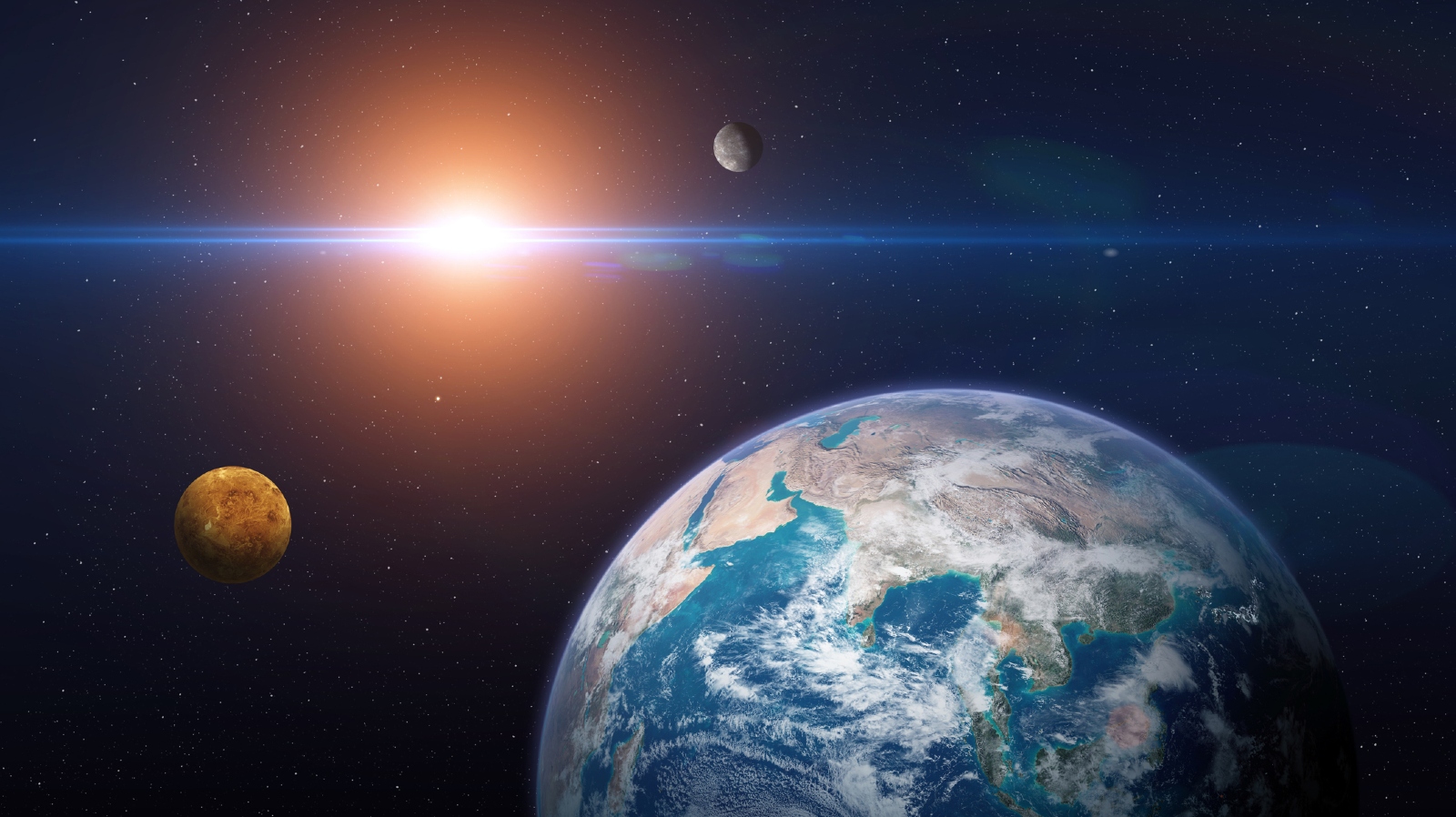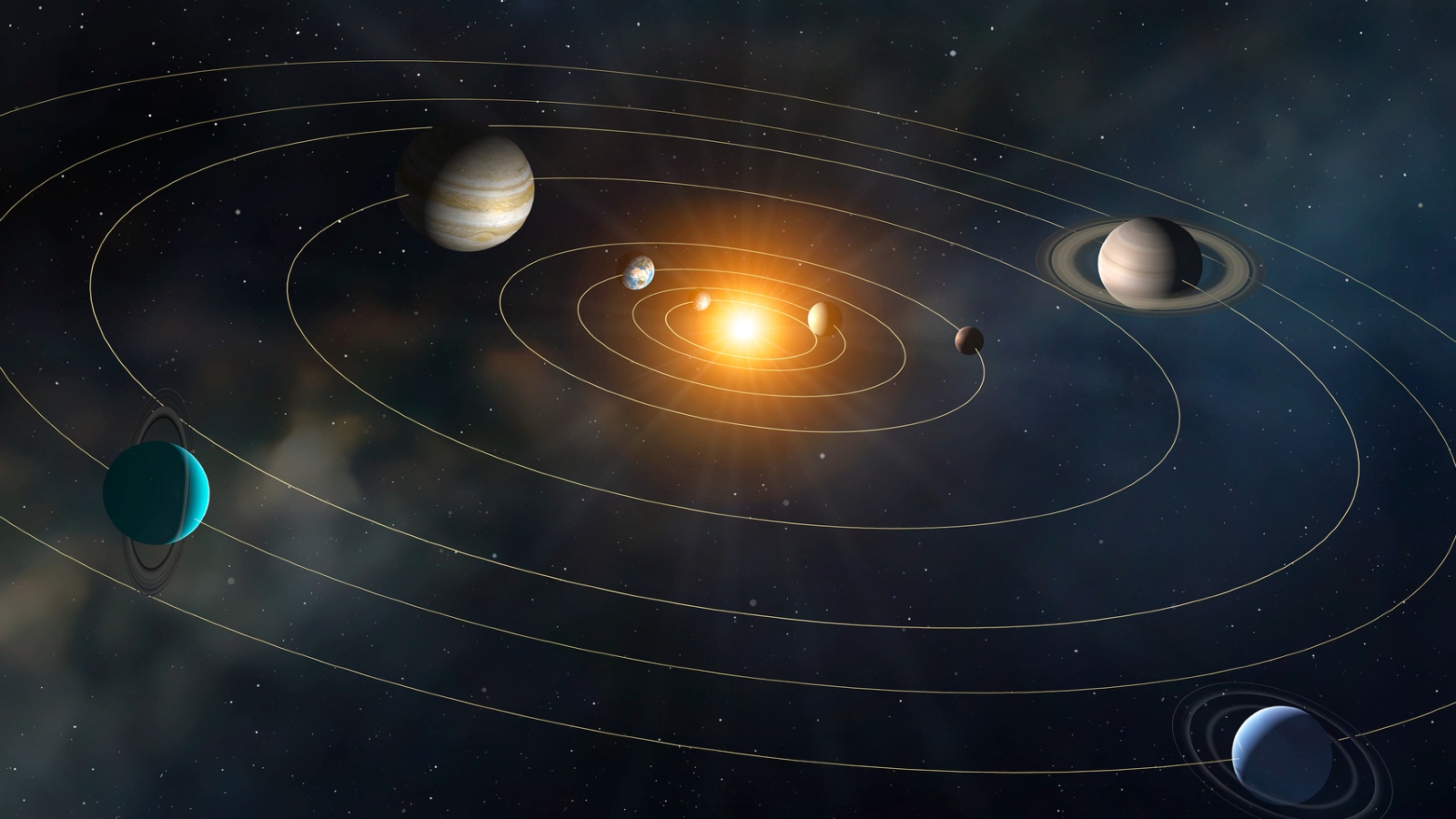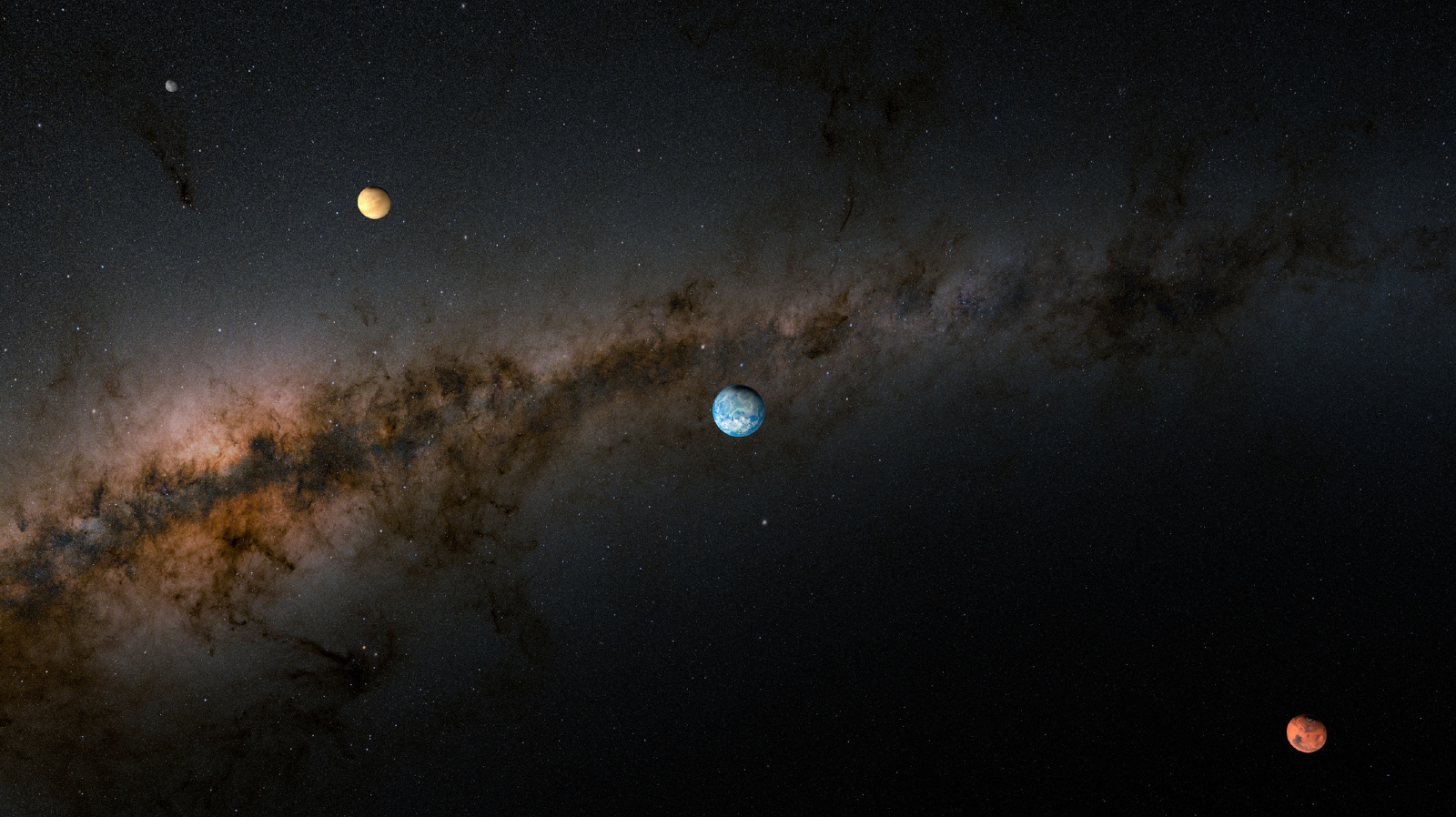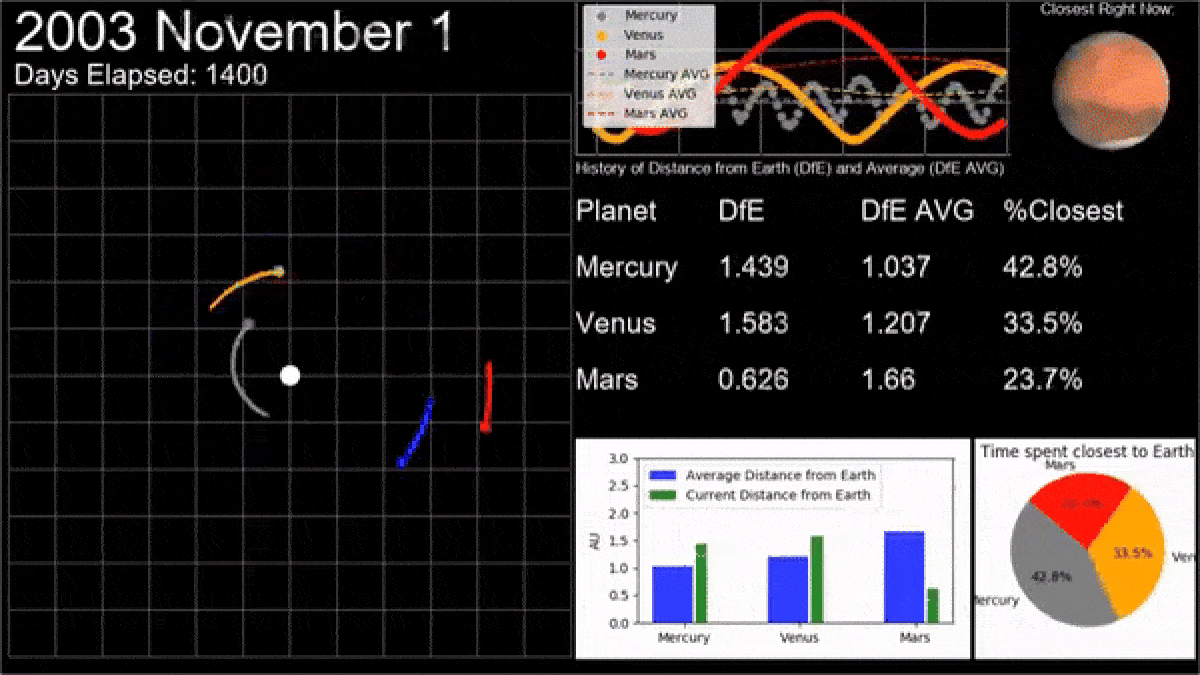
If you ask an astronomer which planet is closest to Earth, you'd probably expect to get a single, simple answer in response. And if you were paying attention at school, you'd probably be reasonably confident you could guess which one of the seven other planets in our solar system it is.
So what is the closest planet to us? Turns out there isn't just one right answer — there are technically three, depending on how you've phrased the question and when you've asked it.
The best way to explain why this is so contentious is to go through the different possible questions and answer them, one at a time.
Which planet gets closest to Earth?
The answer to this particular question is straightforward — Venus. At its closest proximity to Earth, the hellish planet is only around 24 million miles (38 million kilometers) away from our planet, and no other planet gets closer to us.
Using this logic, our next nearest neighbor is Mars, which can get to within 34 million miles (54.7 million km) of our planet, followed by Mercury, which is around 48 million miles (77.2 million km) from Earth at its closest point to us.
Related: How many times has Earth orbited the sun?
However, we're very rarely near our closest point to any of these planets, and all three of them (as well as Earth) are constantly orbiting the sun at different speeds, meaning the distances between our blue marble and each of them are constantly changing over time. As a result, most astronomers do not find this answer very satisfying.
Which planet is closest to Earth right now?
For this question, the answer can be either Mercury, Venus or Mars, depending on where each planet is on its orbital path compared to Earth.
For example, if Venus and Mercury are located near their farthest points from Earth on the other side of the sun and Mars is near its closest point to Earth, then Mars would be the closest planet to us at that point. But if Mars is at its farthest point from Earth, and Mercury and Venus are near their closest points, then Venus would be the closest planet to us.

But the answer to this question changes all the time, which also doesn't make it a very good way of determining our closest neighbor.
For example, when this article was written (January 2024), the closest planet to Earth was Mercury. But in around eight months, Venus will be the closest planet to us, and in another two months or so, Mars will have surpassed Venus as our closest neighbor. However, less than a month later Venus will have wrestled back the title.
You can keep track of this yourself using this simulator from TheSkyLive.com.
Which planet is closest to Earth on average?
This is where things get really interesting.
If you look online for a list of planets' average distances from Earth, you will get results saying that Venus is much closer to Earth on average than Mercury or Mars. For example, ThePlanets.org lists Venus' average distance to Earth as around 25.7 million miles (41.4 million km), compared with 57 million miles (91.7 million km) for Mercury and 48.6 million miles (78.3 million km) for Mars.

Related: Why do the planets in the solar system orbit on the same plane?
But these lists are wrong because they are based on flawed assumptions, Tom Stockman, a research and development engineer at Los Alamos National Laboratory in New Mexico, told Live Science. To get these numbers, people have simply calculated the average distance between the radius of each planet's orbital distance from the sun, he said. But this does not take into account the planets' relative positions to one another during their orbits — it only tells you how far apart they orbit the sun on average, Stockman said.
Instead, the correct way to work out the average distances between planets is by using a point-circle method (PCM), which calculates an average of all the distances between each point on both orbits, Stockman said.
In 2019, Stockman co-wrote an article in Physics Today that pointed out this basic error and shared the true average distances between each of the planets based on a PCM model — which the authors named the whirly-dirly corollary after an episode of the cartoon "Rick and Morty." This revealed that Venus actually has an average distance of 105.6 million miles (169.9 million km) from Earth, while Mars is around 158.1 million miles (254.4 million km) away on average. However, Mercury is only around 96.6 million miles (155.5 million km) from Earth on average.

However, these averages still don't paint the whole picture because they only represent distance and not time. Therefore, Stockman and his colleagues ran their simulations for 10,000 years to see how long, on average, each planet was closest to Earth. This revealed that Mars spent roughly 17% of the time as Earth's closest neighbor and Venus spent roughly 36% of the time holding the title. But the winner was Mercury, which was closest to Earth for roughly 47% of the time, making it our true closest neighbor on average.
Mercury is our closest companion because it is the closest to the sun and has the smallest orbit, which means it is more often on the same side of the sun as Earth, and even when it's not, it's never that far away. Meanwhile, Venus and Mars spend long periods of time much farther away from Earth.
For the same reason, it turns out that not only is Mercury our closest neighbor on average, but it is also the closest average neighbor of all six other planets in our solar system, the whirly-dirly corollary revealed.
Before the whirly-dirly corollary, other astronomers had probably already figured all this out, meaning it wasn't "entirely unknown," Stockman said. "I think most people that knew, like me at first, just treated this as a fun little fact to talk about at parties," he added.







